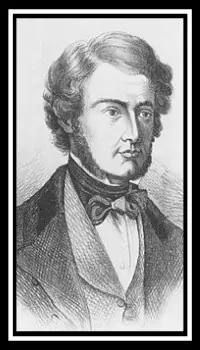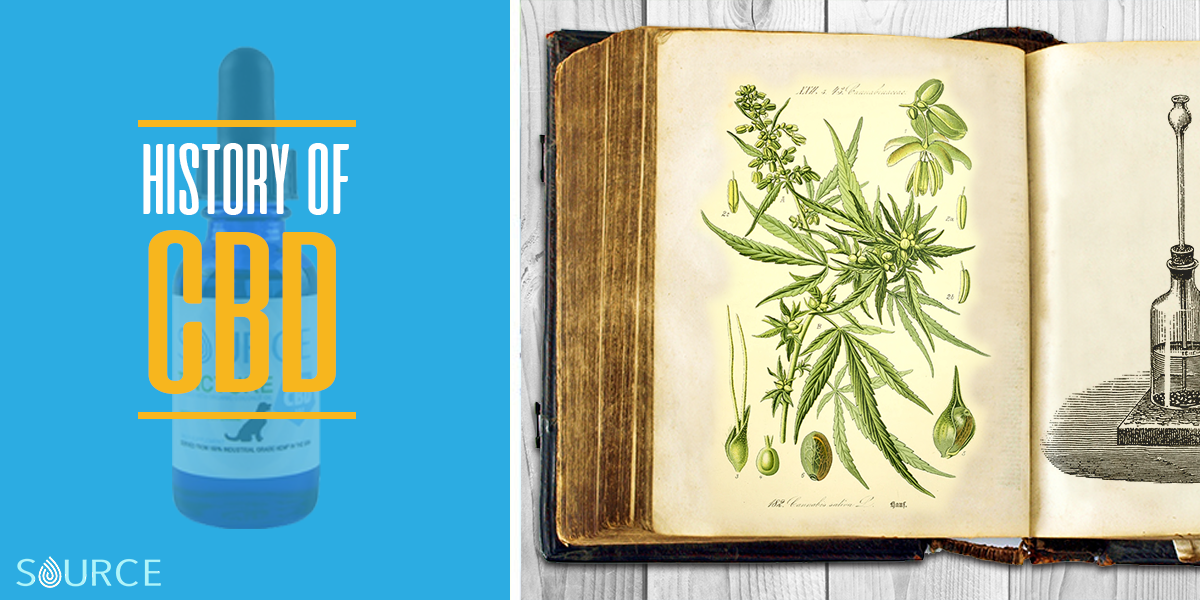CBD Oil News
A Brief History of CBD (and Medicinal Cannabis in General)
CBD oil isn’t a new trend. In fact, it has decades under its belt.
The use of cannabis in general is much older than you might think. Like thousands of years older.
For years it was a celebrated natural medicine. There’s even talk of it being a fixture in the British Royal Household (more on that later).
So how did it fall from grace, only to be picked back up again?
It’s time to talk about the history of CBD oil.
History of CBD: Age Old Healing with Hemp
The first known case of humans growing cannabis dates back to around 4000 BC. For thousands of years it was a staple crop used for everything from rope to paper. At one point, it was even a mandatory crop for all farmers in the U.S.
In the 1500s, cannabis started generating interest for its medicinal benefits, and scientists began researching how to use it to help people heal.

Probably the best-known “cannabis” physician was Dr. William Brooke O’Shaughnessy. In the 1830s, O’Shaughnessy travelled to Calcutta from Britain and began studying the medicinal benefits of cannabis. A few of the conditions he used the plant to treat were rheumatism, cholera, and tetanus. When he returned to England, he presented a paper to the Royal Medico-Botanical Society. After that, cannabis became a regular fixture in the British physician’s medical bag.[1]
At that, and for years following, other British doctors used it to treat insomnia, asthma, and as a painkiller. There’s even a story that Queen Victoria used it to ease her menstrual cramps (although most historians consider this a myth)!
Read this next: Want more myths and legends? There are a ton! Find a bunch here!
Across the Atlantic, it was much the same. Mothers were told to use it to help with their child’s teething pain. It was sold as a general pain reliever, as a remedy for the common cold, and to relieve nausea.
It stayed that way for a while. Then things started to get a little messy.
Legal Troubles
It was great for medicine. Then someone decided it wasn’t.
In 1914, marijuana was added to the list of outlawed “drugs” covered under the Harrison Act. It wasn’t technically outlawed, but it was heavily regulated and taxed. Drug companies were also regulated and had to label their products honestly. Eventually, most cannabis products were either banned or replaced.
Still, marijuana sat in this legal grey area. That was until the Marijuana Tax Act of 1937 made the possession or transfer of cannabis illegal throughout the U.S. Later, in the 1950s, U.S. Congress passed the Boggs Act and the Narcotics Control Act. These established mandatory sentences for drug offenders. This included anyone possessing or distributing marijuana. Hemp, and so CBD, fell under this legislation.
Then the big one: the discovery of the endocannabinoid system itself. That’s where the magic happens.
It wasn’t all bad news though. In the 1940s, researches approached it with renewed interest and started extracting the cannabidiol to see how it worked on the body. Roger Adams successfully isolated cannabinoids from the cannabis plant in 1940 by the 1960s its chemical structure had been established.
CBD Oil Joins the Party (Finally)
After Roger Adams isolated those cannabinoids, Dr. Raphael Mechoulam set to work. In 1964, along with Yehiel Gaoni, Mechoulam successfully identified and synthesized tetrahydrocannabidiol (THC). As far as the knowledge that existed, this was huge.
Then, in 1988, things really started to ramp up. Researchers at the St. Louis University School of Medicine figured out that the brain had specialized receptors for cannabinoids. They also found out the areas they were most concentrated:
- Hippocampus (memory)
- Cerebral cortex (higher cognition)
- Hypothalamus (appetite)
- Cerebellum (motor coordination)
- Basal ganglia (movement)
- Amygdala (emotions)
Bingo!
By 1993, both the CB1 and CB2 receptors had been discovered and cloned. Research continued. Then the big one: the discovery of the endocannabinoid system itself. That’s where the magic happens (and that’s why CBD oil is so powerful).
This research prompted some of the legal movements towards decriminalization, especially with the Compassionate Use Act (for medical marijuana).
How far have we come? In June 2018, The Food and Drug Administration approved the use of CBD oil in a drug for children’s epilepsy, Epidiolex. In December 2018, the President signed the Farm Bill, legalizing industrial hemp across the U.S.
As you can see, the history of CBD is like a rollercoaster. Since the early 1900s, various changes to the law have seen it go from celebrated medicine, to banned substance, to grey area, to totally legal. Today, almost 6000 years later, hemp-derived CBD oil is legal in all 50 states. And we’re thankful for that!
[1] James H. Mills, Cannabis Britannica: Empire, Trade, and Prohibition 1800-1928.

